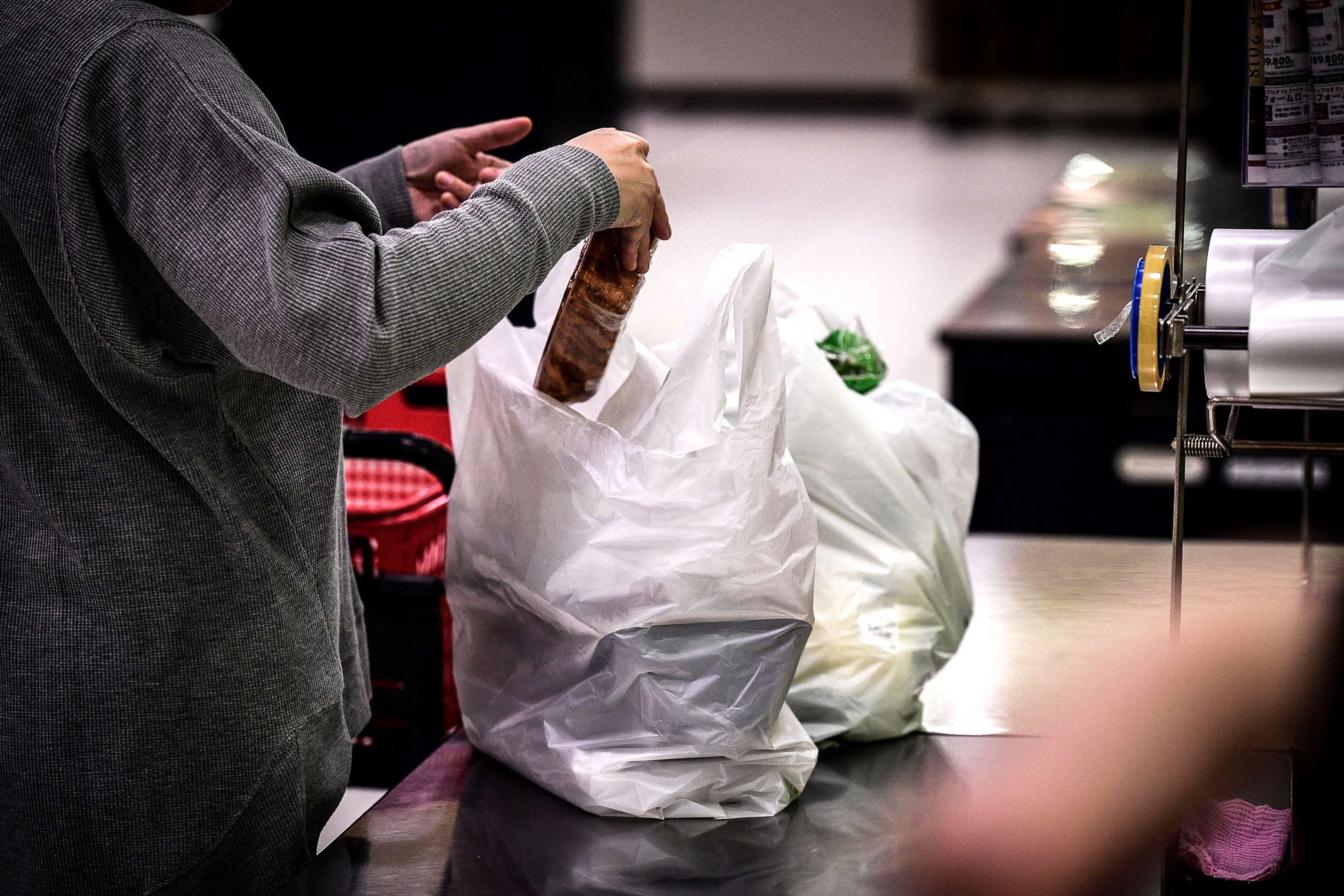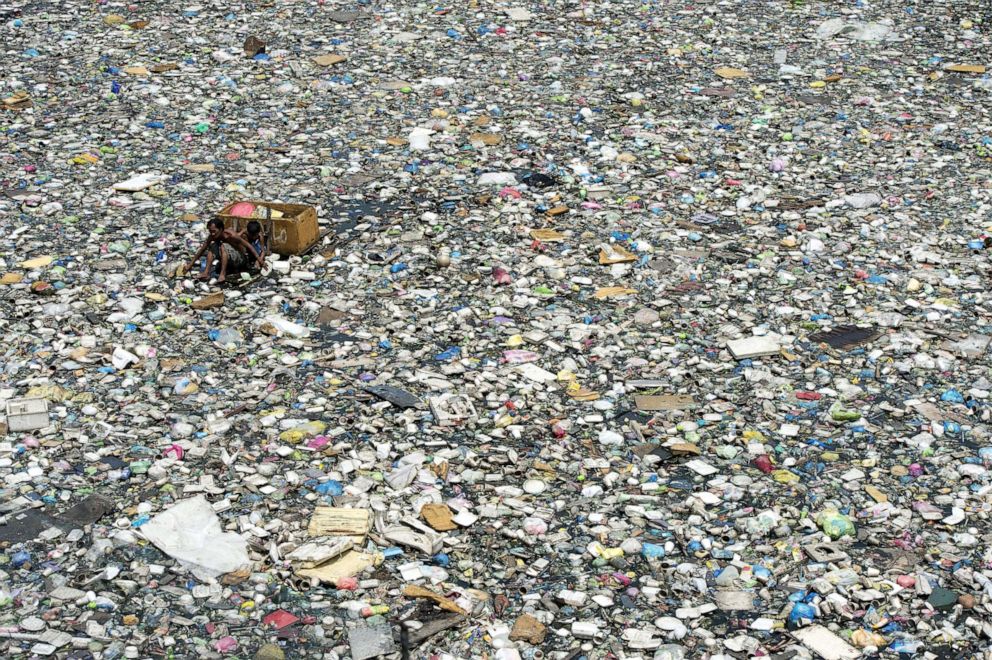Breakthrough discovery: New plastic could be 'holy grail' of recycling
Scientists at the Lawrence Berkeley National Lab have designed the plastic.
Humans produce 300 million tons of plastic waste every year – which is roughly equivalent to the combined weight of all humans living right now. But a new discovery offers hope, and could revolutionize the way we deal with plastic.

Scientists at the U.S. Department of Energy’s Lawrence Berkeley National Laboratory have designed a plastic that can be recycled over and over again, and turned into new materials of any color, shape, or form. They are calling it polydiketoenamine or PDK, and this new plastic can be disassembled all the way down to the molecular level.
Brett Helms, the staff scientist at the Berkeley Lab who led the research, told ABC News that the new discovery “could significantly reduce the leakage of plastics into the environment.”
“That broken black watchband you tossed in the trash could find new life as a computer keyboard if it’s made with our PDK plastics,“ Helms said.
Many plastics used today were made with chemicals that make them more resilient, but these chemicals can also make it more difficult to fully recycle the material or recycle them repeatedly. Over time, researchers say, even ‘recyclable’ plastics may end up in a landfill.
The Berkeley Lab says these types of chemicals had previously prevented plastic from achieving "the holy grail of recycling," and that PDK plastic might be the answer.

“If these facilities were designed to recycle or upcycle PDK and related plastics, then we would be able to more effectively divert plastic from landfills and the oceans,” Helms said.
Researchers say the next plan is to develop PDK plastics to use in textiles, 3D printing and foams.

The researcher's findings are published in full in Nature Chemistry.




